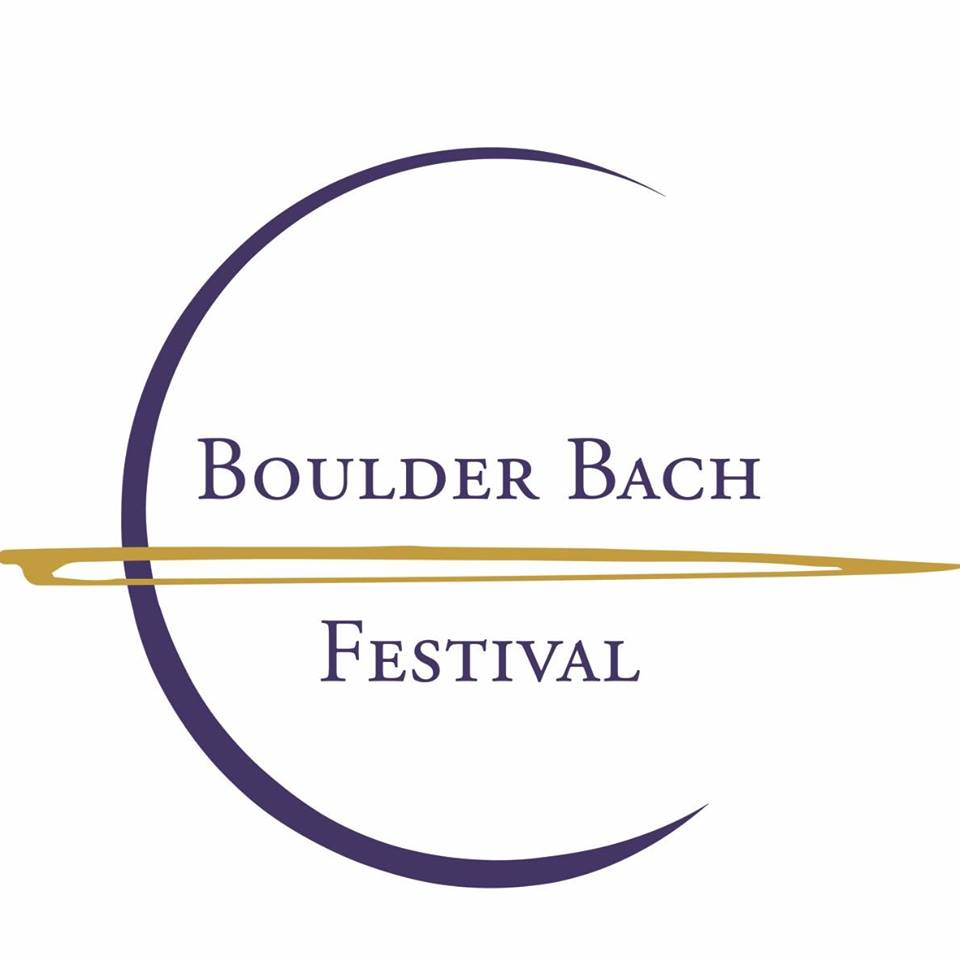Boulder Bach Festival’s “The Sound of Romanticism”
A review by Gwen Gray
After an ambitious year that included a half-dozen public concerts, two subscriber-only performances, and several outreach and education events (at schools, retirement homes, libraries, etc.), the Boulder Bach Festival ended its 38th season with a spectacular finale on Thursday, May 23. 2019, at Boulder Seventh Day Adventist Church.

Zachary Carrettín Photo Credit M.M.Dillon
BBF audiences have become accustomed to artistic and executive director Zachary Carrettin’s unbounded approach to the festival’s selections, (Carrettin likes to point to Bach and Mozart festivals worldwide that play everything from Stravinsky to jazz), and Thursday’s program, titled “The Sound of Romanticism,” certainly fit the organization’s broad vision.
“We are committed to exploring performance practices, and bringing the audience on the journey with us,” says Carrettin. And May 23’s performance did just that, covering composers from the late 18th century to the mid 19th, with plenty of stirring “sturm und drang,” touching on baroque music only in influence and interpretation.
For instance, the evening opened with Johannes Brahms’ Op. 29, No. 1, Est ist das Heil uns kommen her, which Carrettin observes is “blatantly Bach.” The arrangement emphasized those Bachian forms — particularly the baroque counterpoint — with a small vocal ensemble. The Boulder Bach Festival Fellowship Artists Vocal Ensemble’s vowels rang bright and clear, filling the hall first with a homorhythmic unity before beautifully diverging into fugal passages that traveled, interweaving through the church until winding down into a low, resonant closure.
The voices thoroughly warmed the crowd, and the Festival Orchestra was seated for Franz Joseph Haydn’s Symphony No. 49 in F Minor, or “La Passione.” Joining the orchestra were principal players rarely heard anywhere outside the East and West Coasts: Händel + Haydn Society, Philharmonia Baroque Orchestra, Apollo’s Fire, American Bach Soloists and Smithsonian Chamber Players. Players included Katherine Kyme (American Bach Soloists), Jeffrey Smith (BBF Fellowship Artist) and Marc Schachman (Händel + Haydn Society). The entire ensemble played on historical instruments. The stringed instruments were strung with gut and the artists used bows crafted in the classical and “transitional” designs that likely would have been similar to those used in Haydn’s orchestra.
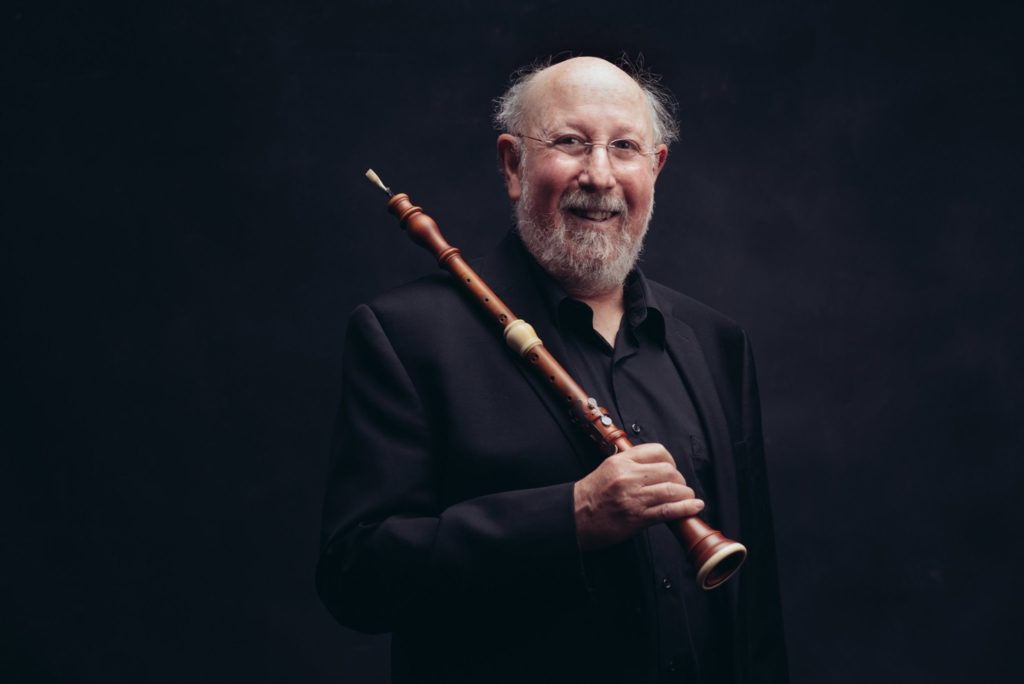
Marc Schachman, Oboe 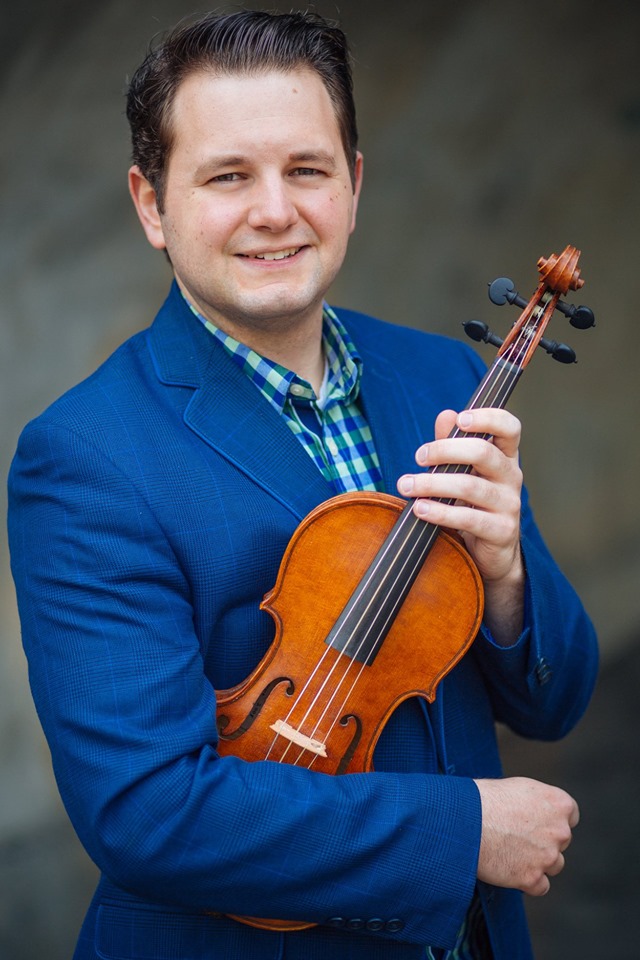
Jeff Smith, BBF Fellowship Artist 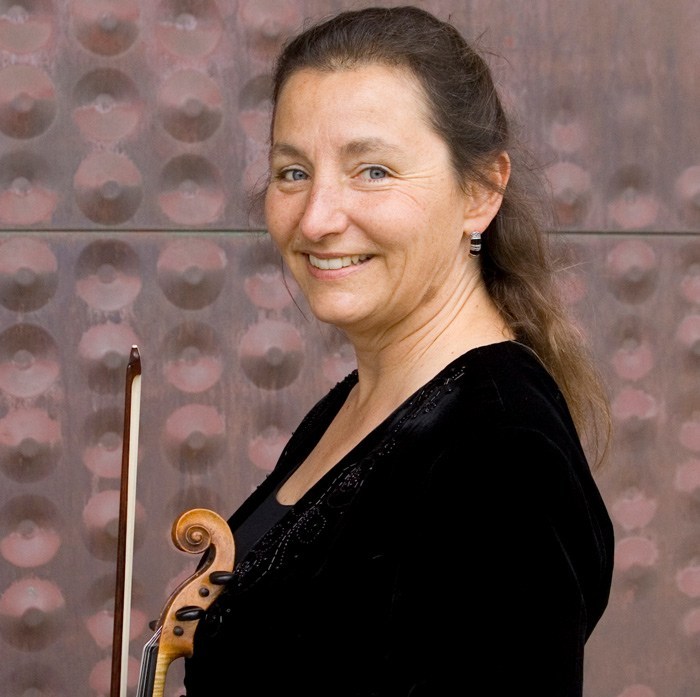
Katherine Kyme, Violin
Once again, BBF was able to emphasize the Bach era influences here, such as the slow-fast-slow-minuet-fast pattern that is based on the baroque sonata da chiesa, and the alternatingly “courtly” and “rustic” patterns that are reminiscent of Bach’s unaccompanied violin sonatas. The instruments were tuned to A=430 to best mesh with the historical wind instruments, a move that surely must have tested the musicians. Yet, the symphony soared, a delightful experience in which Carrettin, as both violinist and conductor, brought the most out of the piece’s teasing pauses, playful leaps and head-tossing reveries, as well as its pensive, gloomy sections, which were easy to relish on this stormy evening.
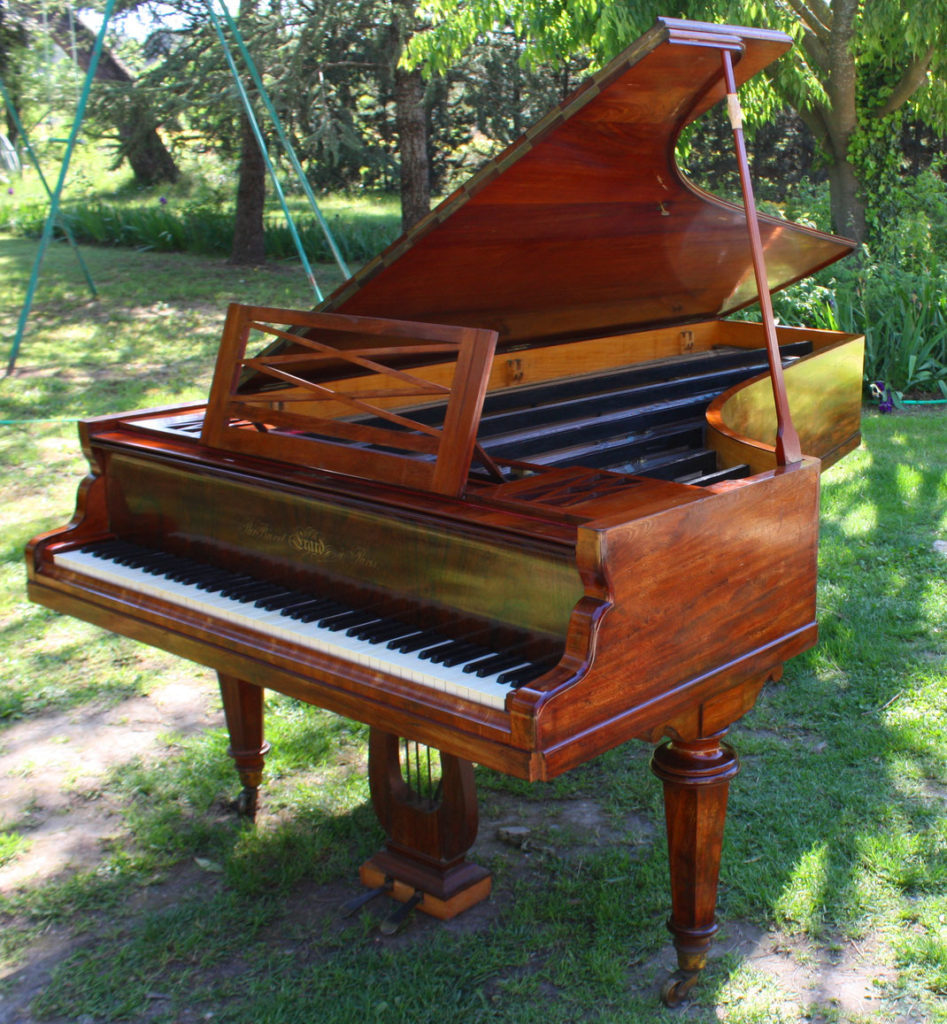
At intermission, one of the stars of the show, the 1845 Érard Grand piano, was positioned center stage as audience members watched with rapt curiosity. Built in Paris during a time of piano-making experimentation, the strings on the Érard are strung parallel to one another (rather than cross-strong, as in contemporary pianos), the dampers strike from beneath the strings (rather than above), and there are only 82 keys rather than 88 (and they are smaller than usual). In the program notes, soloist Mina Gajić, to whom the instrument is on long-term loan, notes that “sometimes arpeggios and leaps can surprise me, because they are not where I expect them to be.”
That anything having to do with piano playing could surprise Ms. Gajić is hard to believe. Her virtuosic performance of Frédéric Chopin’s Piano Concerto No. 2 in F Minor truly was an overwhelming experience. The internationally decorated pianist’s emotional, wholly invigorating rendition took us over swaying fields of daffodils, across trickling streams, through tempests and finally, to a sky emerging with starlight through the clouds — all perfectly in keeping for this evening of Romanticism under a rare, stormy Boulder sky.

What’s in store for next season? “Bach in context,” Carrettin says. Every program will aim to feature at least one Bach piece. Gajić will take over as artistic and executive director, allowing Carrettin to focus on musical direction and development of the Compass Resonance Ensemble (CORE), a special ensemble project of BBF’s. The festival will also make ETown its new home base for next season.
With a rousing finale and more than half of subscriptions already sold, BBF no doubt will continue their momentum, growth and ambition right into 2020. For more information, go to: https://www.boulderbachfestival.org/
